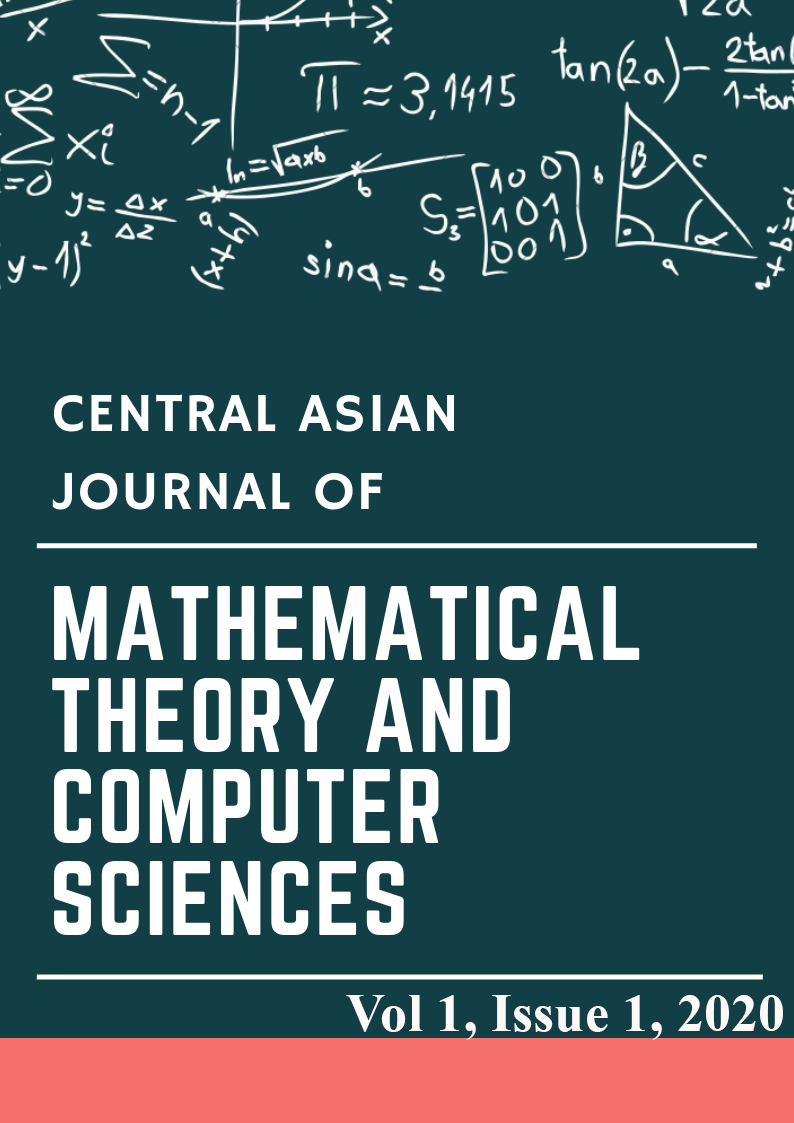Some Aspects of Group-Based Cryptography
Abstract
Over the past few years, many papers have proposed cryptosystems based primarily on institutional principles. Institutional-based cryptosystems now have not brought strong opposition to RSA and Diffie-Hellman, but the ideas are interesting and a different attitude concludes with a helpful staff perspective. Cryptographic texts are full size and varied, and it is very difficult for a young person to find the right information resources. How group theory can be applied to encryption is explained in this paper. The main reason for encryption is to make sure that the gadget designed for communication is secure. Device security depends on how well the set of rules is based. In this paper we discuss strategies based entirely on organizational theory.
References
Iris Anshel, Michael Anshel and Dorian Goldfeld, An algebraic method for public-key cryptography, Math. Res. Lett. 6 (1999), 287-291.
Iris Anshel, Michael Anshel, Dorian Goldfeld and Stephane Lemieux, Key agreement, the Algebraic EraserTM, and lightweight cryptography, Contemp. Math. 418 (2006) 1–34.
Norman Biggs, The critical group from a cryptographic perspective, Bull. London Math. Soc. 39 (2007) 829–836.
Simon R. Blackburn, Cryptanalysing the critical group Cryptology 8 (1995), 157–166.
D. Coppersmith, The Data Encryption Standard (DES) and its strength against attacks, IBM Research Report RC 18613 (IBM, 1992)
Mar´ıa Isabel Gonz´alez Vasco, Spyros Magliveras and Rainer Stein-wandt, Group-theoretic cryptography, Chapman & Hall / CRC Press, to appear.
Mar´ıa Isabel Gonzalez Vasco, Martin R¨otteler and Rainer Steinwandt, On minimal length factorizations of finite groups, J. Exp. Math. 12 (2003), 1–12.
Burton S. Kaliski Jr, Ronald L. Rivest, and Alan T. Sherman, Is the Data Encryption Standard a group? (Results of cycling experiments on DES), J. Cryptology 1 (1988), 3–36.
Arkadius Kalka, Mina Teicher and Boaz Tsaban, ‘Cryptanalysis of the Algebraic Eraser and short expressions of permutations as products’, preprint. See http://arxiv.org/abs/0804.0629.
Spyros S. Magliveras and Nasir D. Memon, The algebraic properties of cryptosystem PGM, J. Cryptology 5 (1992), 167–183.
S. S. Magliveras, D. R. Stinson and Tran van Trung, New approaches to designing public key cryptosystems using one-way functions and trap-doors in finite groups, J. Cryptology 15 (2002) 167–183.
Sean Murphy, Kenneth Paterson, and Peter Wild, A weak cipher that generates the symmetric group, J. Cryptology 7 (1994) 61–65.
Encryption Standard, Federal Information Processing Standards Publication (FIPS) 46, 1977.
National Institute of Standards and Technology, Secure Hash Standard, Federal Information Processing Standards Publication (FIPS) 180-1, 1995.
Douglas R. Stinson, Cryptography: Theory and Practice, Third Edition (Chapman & Hall, Boca Raton, 2005).
Lecture Notes in Computer Science, 839 (Springer, 1994), 40–49.





